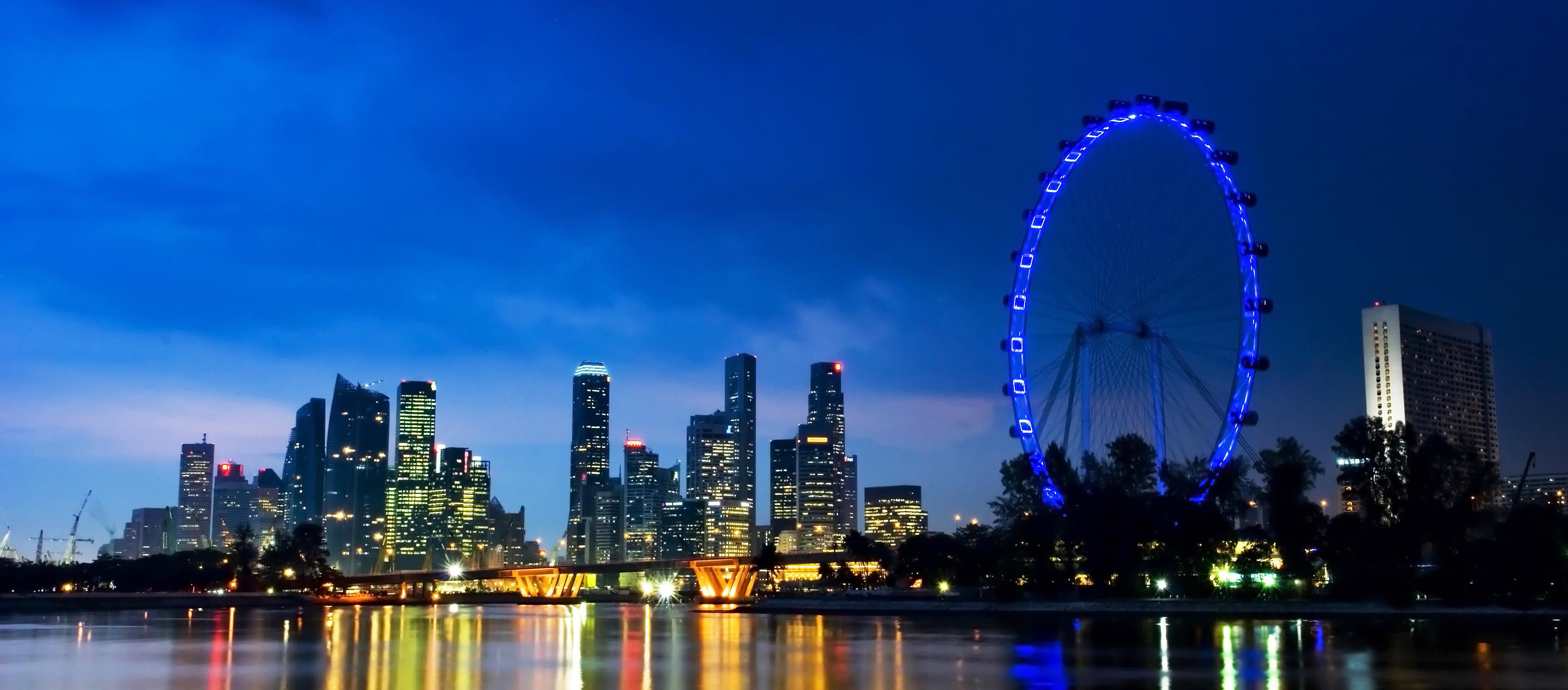Researching about the festivals in China really caused me to gain some insight into what festivals the Chinese celebrate in China. Initially, I thought that the festivals that the Chinese celebrate in Singapore would be the same as to the festivals the Chinese celebrate in China. However, I was wrong. While there are festivals in China that we also celebrate in Singapore such as - Chinese New Year, dragon boat festival and mid autumn festival, there are also festivals that China celebrate but Chinese in Singapore don't. For example, Chinese in China celebrate winter solstice, double seventh festival, laba festival and the chongyang festival. These are the festivals that we do not celebrate in Singapore. I researched and found out more about the festivals that I mentioned above.
Chinese New Year
Chinese New Year, also known as the spring festival, is widely celebrated in China, and is the most popular festival in China. It is a time for families to be together. Wherever they are, people come home to celebrate the festival with their families.
The New Year's Eve dinner is called Reunion Dinner, and is believed to be the most important meal of the year. Big families – families of several generations sit around round tables and enjoy the food and time together.
Dragon boat festival
Dragon Boat Festival, as known as Duanwu Festival, is a traditional and statutory holiday in China, occurring on the 5th day of the 5th month of China’s lunar calendar. The Chinese will have a day off that day.
The main customs of the celebration include eating rice dumplings zòngzi, hanging calamus, Chinese mugwort, smoked herbs, and Chinese Angelica ; drinking Realgar wine , and racing dragon boats. Dragon boat racing is the most popular traditon.
Mid autumn festival
The Mid-autumn festival is the second most important festival after the Spring Festival to Chinese people. Every year, when the festival comes people go home from every corner of the country and the world to meet their family and have dinner with them, admire the full moon and eat mooncakes. Chinese people will have a three-day holiday from September 6 to 8 during this festival.
Chinese people believe a full moon is a symbol of peace, prosperity, and family reunion. On Mid-Autumn Festival night the moon is supposed to be the brightest and fullest, which is why the festival is also known as the"Day of Reunion" and the "Moon Festival"
Winter solstice
I found this festival to be the most interesting, as i find that the name of the festival is very majestic, mysterious and wonderful. The Winter Solstice usually falls around December 21, and more often refers in particular to the day when the sun is exactly at the celestial longitude of 270°. It marks the longest night and the shortest day in the northern hemisphere. In China, the Winter Solstice was originally celebrated as an end-of-harvest festival. Today, it is observed with a family reunion over the long night, and pink and white tangyuan are eaten in sweet broth to symbolize family unity and prosperity.
Double seventh festival
Falling on the seventh day of seventh lunar month, the Double Seventh Festival in China is what Valentine's Day to the western countries. As it is a day of great importance to girls, the event is also called Young Girls' Festival. Because of the beautiful legend about Niu Lang and Zhi Nu, the festival has been endowed with the meaning of great romance. The story of Niu Lang and Zhi Nu is bittersweet, as the legend of Zhi Nu and Niu Lang ended with Zhi Nu only being allowed to see Niu Lang on the seventh day of the seventh lunar month every year, thus giving the festival the name, "double seventh festival".
Chongyang festival




























